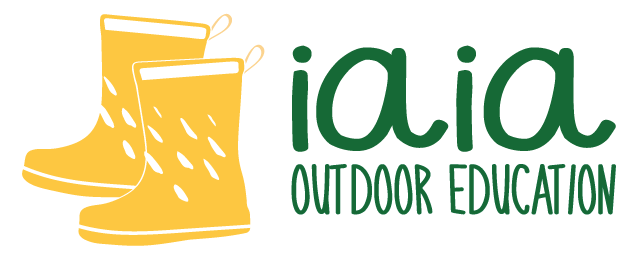We firmly believe in the enormous potential of the so-called “peer education”, the educational model based on the concept of mutual teaching of Comenius and the pedagogy of Montessori about the ” natural mental osmosis existing between peers”.
The younger child, interested in the activities carried out by the older one, tries to imitate them and, at the same time, the older children gain more confidence in their abilities by assisting the younger one. In this way younger children learn better and faster from their classmates than the educators’ explanations and older children, on the other hand, feel more responsible by becoming a sort of “little guide” able to support the youngsters in difficulty.
Scientists have introduced the concept of “learning gradient”, which is the optimal gap between teacher and learner: the smaller the knowledge gap between the two, the better the learner will acquire knowledge.
The mixed group of children of different ages will therefore represent an added value in the children’s growth process. On the contrary, to verify the specific skills that children have acquired, we will work in small age subgroups.
